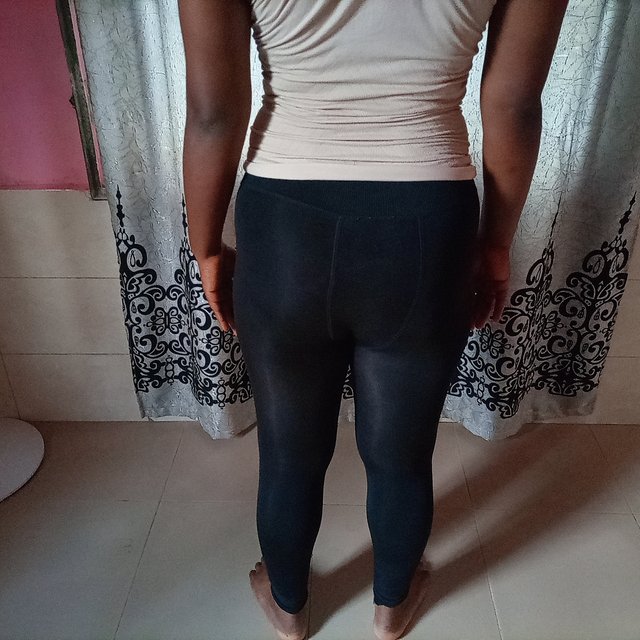Steemit Learning "Challenge-S27W4; Physiofit; Pelvic Floor Strengthening"
Greetings everyone!
Welcome to week4 of our season 27 learning challenge it been weeks of of amazing teaching and learning and am grateful for the new things we have learned which will benefit us greatly in our everyday life and even with those around us whom we might also share the knowledge we have acquired with this learning session I immensely appreciate @ashkhan for taking out time to do a very good teaching.
Task 1: You have to share your knowledge about pelvic floor, muscles, it's type, and causes. Try to add 3 to 4 new causes.
Pelvic floor is a group of muscle or ligament that gives a large support to the uterus, bladder and also the bowel, each of this organs has their own openings the urethra is from the bladder, the vagina is from the uterus and the anus is from the anus, pelvic floor is very important in our body because the group of muscles ligament and teacher that it contain it to protect the internal organ in the pelvic region preventing the loss of bladder control which can lead to the leakage of urine also known as urinary incontinence.
Pelvic floor also has two main important muscles that play a key roles these two main muscles are the levator ani and the coccygeus muscle,
The pubococcygues, illioccoygues and the puborectalis are the 3 main muscles the levator is made of there are other important muscles like the piriformis and the obturator internal muscle which play a vital role in performing functions and if these regions should encounter failure or weakness these muscles will stop functioning which will need a medical attention to recover.
Types
Hypertonic pelvic floor: These is when the tone of a pelvic muscle increases and as it increases it tighten and increases muscle tension which leads to pelvic region pains or even constipation.
Hypotonic pelvic floor : this is when the muscle tone reduces disease like organs prolapse develop because the once active muscle are now weak and can no longer be functioning consistently.
A normal and a well functioning pelvic has a normal muscle tone this muscle helps in a good functioning of the pelvic it help the pelvic maintain a normal functioning bladder and bowel movement.
Causes
• Age as a person advanced in age the muscle losses it strength this weak muscle can no longer perform actively causing the patient to suffer incontinence.
Childbirth a woman tends to suffer from pelvic floor after child birth due to sudden change of size stretching and making the muscle weak.
Task 2: You have to share yours if your suffer from any pelvic floor dysfunction recently that is present with symptom or any patient nearby.
My history of pelvic floor is as a result of child birth, the weight of my growing child in the womb was the primary cause as this mount pressure on the pelvic muscle stretching and making it weak.
The second cause was delivering a baby that weighed 4kg this caused my pelvic to malfunction.
Task 3: It would be better if you treat the patient by performing above given physiotherapy management, share videos or pictures while performing and then review after getting treatment. (Try to use 3 methods).
Pelvic tilt
I layed on my back stretch my two hands with bended knees balancing my foot on the ground the i tried to make a movement from my back down to my waist tilting side by side.
Clutes squeeze
I clutes and squeezed my hip region holding up for 5 seconds then released and repeat the process for at least 5 minutes.
Hip bridging exercises
Laying down on my back which two arm folded back to the shoulders I bended my knees and balanced my feet pressed down my back and raised the hip region holding up for some second the release and repeat the process.
Review
During the process of doing the exercise I noticed that the exercise focus more on the muscles around the pelvic regions, if continued engaging in this exercise will help in toning the muscles reducing the risks of prolapse.
I will love to invite @adylinah @affy @pandora to also participate
Thank you for reading my post.



